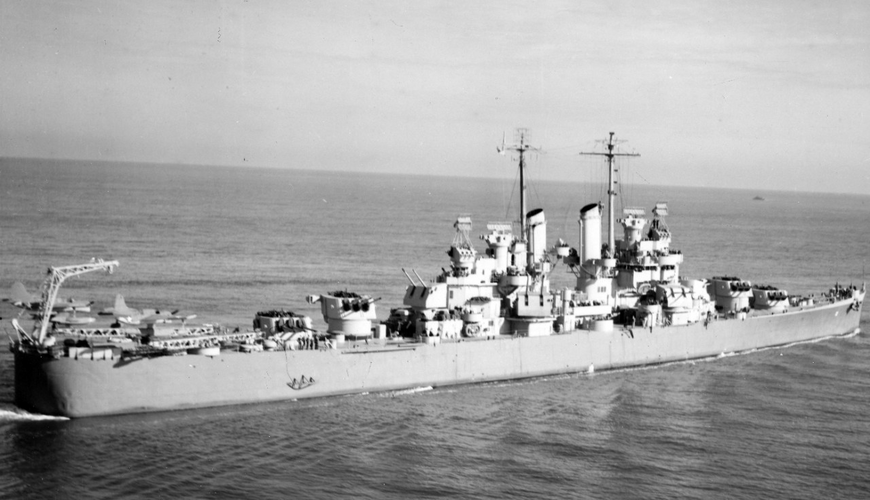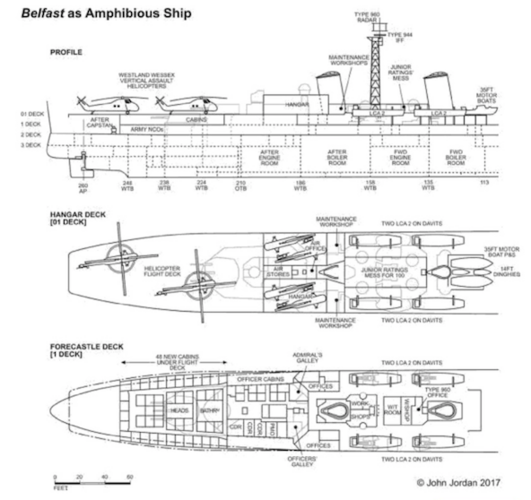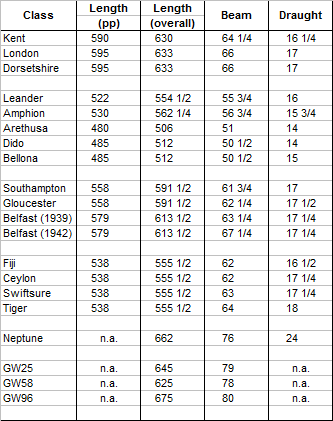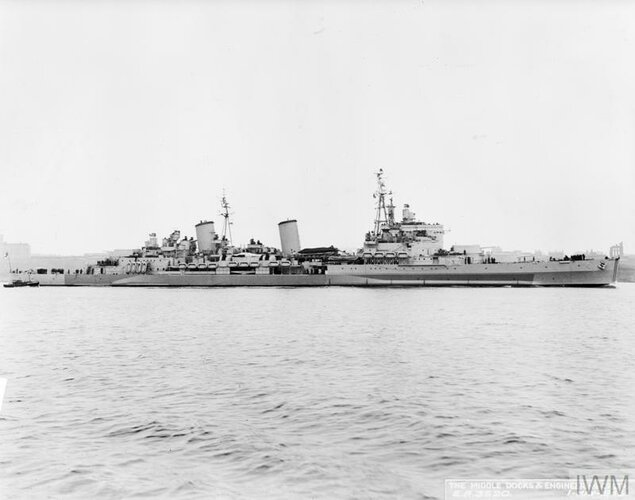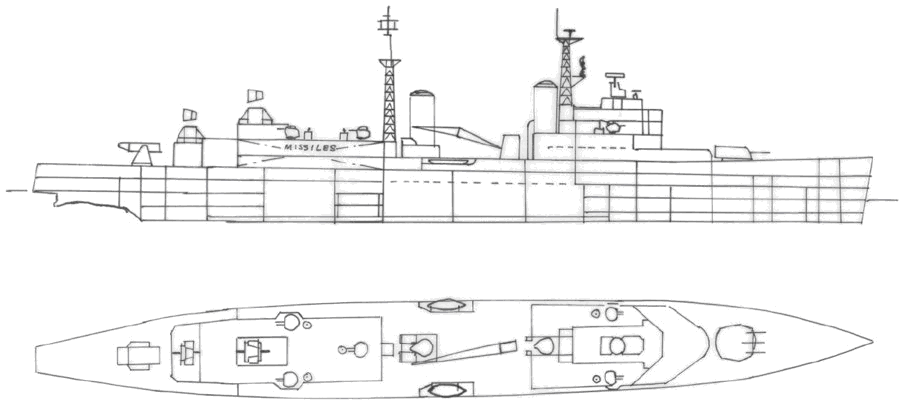The three Tiger class had very short in service times.
As gun ships they covered the period from 1959 to 1965 when the County class destroyers were only available in small numbers and offered an escort to an aircraft or commando carrier. The confrontation with Indonesia was going on.
For what it's worth:
1959-66 Tiger (Completed 18.03.59 and Paid off December 1966)
1966-68 in Reserve (the book doesn't say where)
1968-72 Conversion to a Helicopter Cruiser at Devonport
1972-78 General Sea Service until paid off in April 1978
1978-79 in Reserve at Portsmouth
1980 for Disposal
1986 sold to Desguaces Varela and broken up in Spain
1960-64 Lion (Completed 20.07.60 and only says 1964 for the paying off date)
1964-72 in Reserve at Devonport
1972-75 for Disposal - stripped at Rosyth and cannibalised to provide parts for Tiger.
1975 Broken up, Ward, Inverkeithing.
1961-63 Blake (Completed 18.03.61 and only says 1963 for the paying off date)
1963-65 in Reserve (the book doesn't say where)
1965-69 Conversion to a Helicopter Cruiser at Portsmouth
1969-79 General Sea Service until paid off in December 1979
1980-81 in the Standby Squadron at Chatham
1981 for Disposal
1982 Broken up by Shipbreaking (Queenborough) Ltd, Cairnryan.
Source: Cruisers of the Royal and Commonwealth Navies by Douglas Morris.
The 1970s saw Blake and Tiger filling the escort helicopter cruiser role. With only Ark, Hermes and Bulwark available for Task Groups the two helicopter cruisers were often used as CVS substitutes with their three Sea Kings.
It's somewhat more complicated than that. I'll have to write a separate post to explain why. (Please forgive me if you already knew and were summarising.)
The RN like other W European navies lagged behind the US Navy in introducing air defence missiles so the Tigers were forced to act as an interim capability.
Fortunately it was very interim because the Devonshire the first County was completed in November 1962 only 20 months after Blake and the other three Batch 1 Counties were completed by November 1963.
Unlike France (Jean D) and Italy (Doria) the RN never got a missile cruiser with an aft helo deck (Jean was supposed to get Masurca).
As I understand it the British did study missile cruisers with aft helicopter decks but decided that the through-deck arrangement was better and that's why we eventually got the Invincible class.
The Italians seem to have come to the same conclusion, because they stopped building large ships with aft helicopter decks in favour of through-deck ships. See below.
Apologies if you were summarising, but the Italians had 3 missile cruisers with aft helicopter decks. The others were Caio Duilio (sister of Andrea Doria) and the one-off Vittorio Veneto. They had plans for a fourth ship of this type (to be named Trieste) but in the end they built the through-deck cruiser/small aircraft carrier Giuseppe Garibaldi instead. That's why I think they also decided that through-deck ships were better and ships with aft helicopter decks.
Incidentally, Garibaldi's pennant number was C 551 (C for cruiser) and Jeanne d'Arc's was R 97 (R for aircraft carrier).
According to this website Jeanne d' Arc didn't receive MASURCA because the system wasn't ready in time.

